This post was contributed by Kaitlyn Bottorff, Board Chair of Restoravore.
Reed Canary Grass (RCG) is an invasive species that is found in floodplains, wetlands, ditches, wet fields, and roadsides throughout the US. In many cases, RCG was intentionally planted as groundcover or pasture forage. But unfortunately, this aggressive perennial can outcompete most native species. It has become a major challenge for land stewards because the dense, tenacious, monoculture stands of grass reduce plant and insect biodiversity.
Although there are some examples of chemical and/or mechanical treatments successfully eradicating RCG from a site, land managers often see re-colonization of RCG after 3-5 years. It can be quite disappointing to see so much time and effort put into a site, only for it to degrade so soon after restoration. Instead of attempting to eradicate RCG, perhaps a more realistic goal is to attempt to manage RCG so that it is suppressed enough to allow diversity within the plant community, despite the presence of an invasive species.
Soil disturbance, haying, and grazing are three management strategies that can help control RCG without the use of chemical herbicides. In September 2024, LaCrosse District Manager for the US Fish and Wildlife Service (USFWS) was kind enough to give two of Restoravore’s members a tour of 3 different locations where Reed Canary Grass has been successfully managed without herbicide. Although RCG is still present at these locations, management practices set the aggressive grass back enough so that other plants have the opportunity to co-exist within the plant community.
The first site is located within the floodplain of the Mississippi River south of La Crescent, Minnesota. At this location, a moldboard plow was used on a monoculture stand of RCG. After plowing, the soil was lightly disced to smooth out the field. The results were surprising! A diverse wetland plant community sprung out of the monoculture. While on site, we observed many native wetland species like Arrowhead (Sagittaria latifolia), Mud Plantain (Alisma subcordatum), Smartweed (Persicaria spp), Bulrush (Scirpus spp) and Rice Cut Grass (Leersia orysoides).
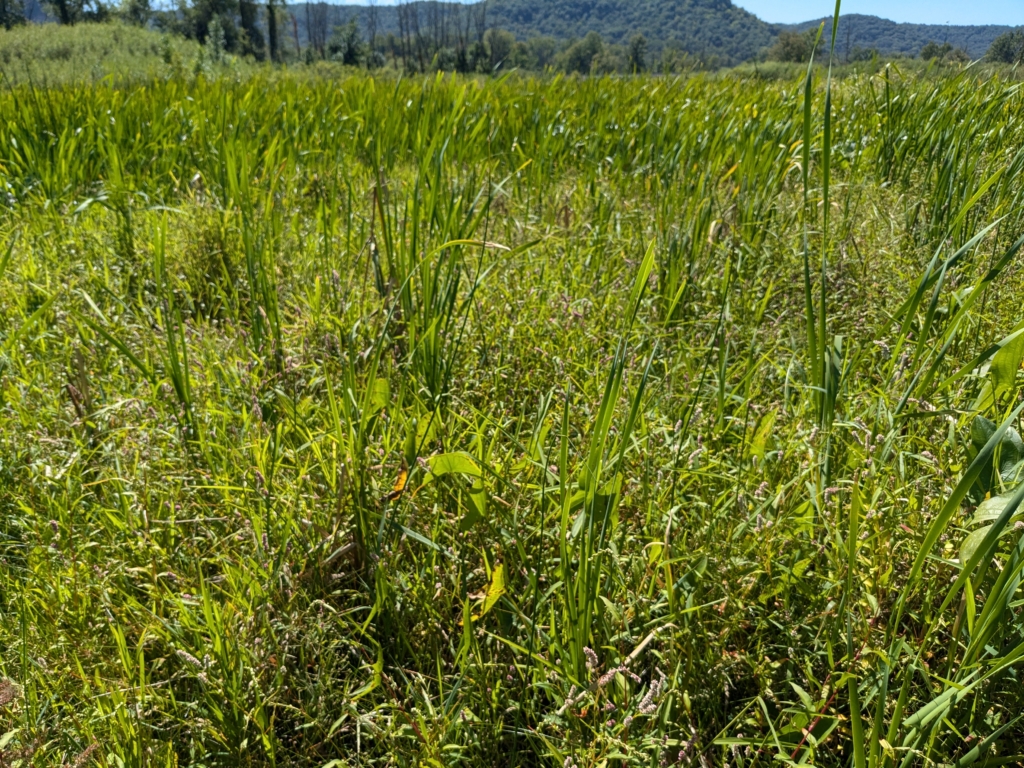
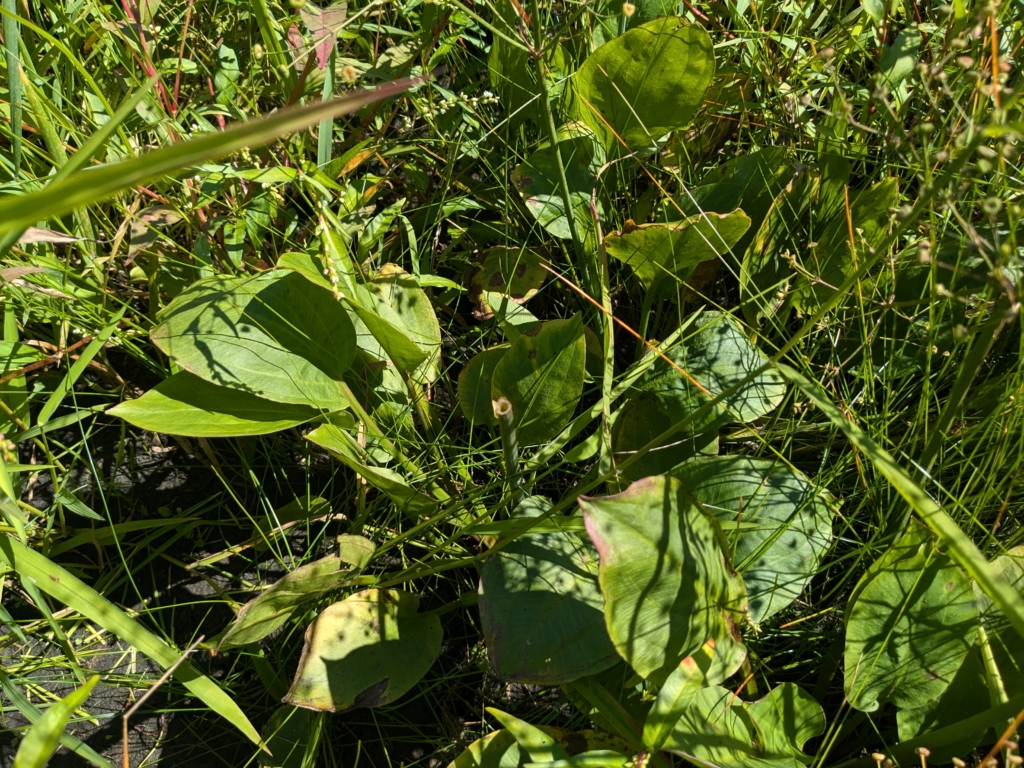
The second and third site are managed with haying. Due to ground nesting bird restrictions, haying occurs late in summer after the RCG has set seed. Despite this fact, haying does seem to allow other plants to co-exist within the RCG, presumably because the annual thatch removal allows some species, especially those actively growing in the spring, to persist.
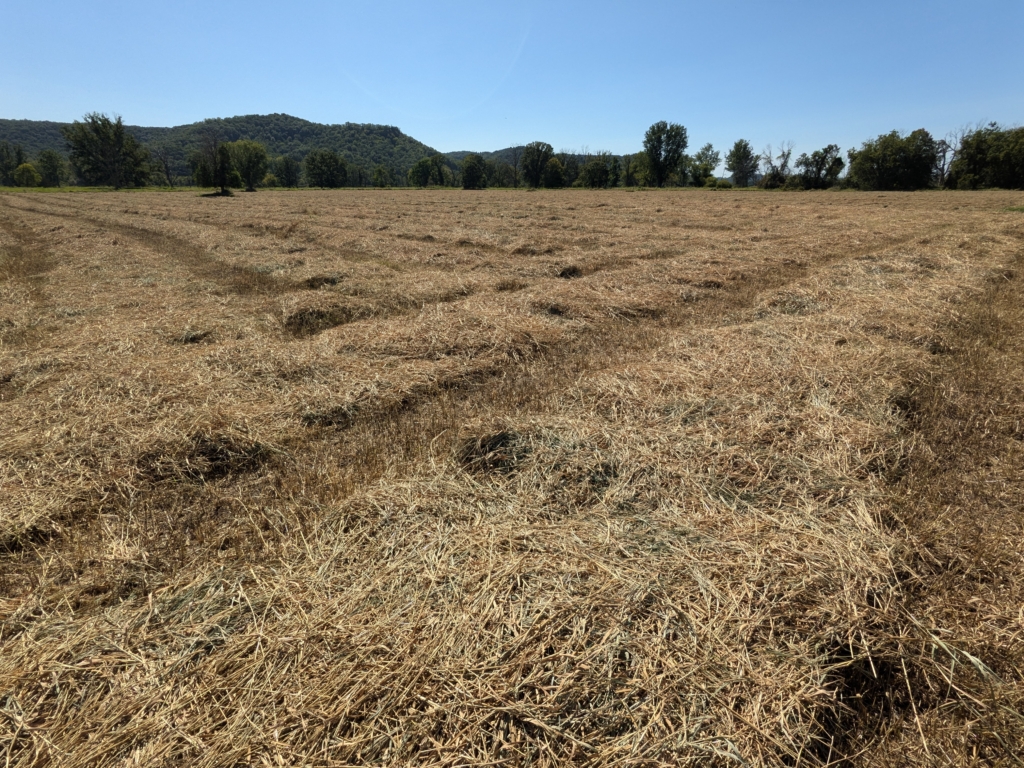
Later in the fall after the cattle are done grazing for the season, members of Restoravore hope to join USFWS staff for another site visit to see how livestock can be a management tool to increase diversity where RCG is present.

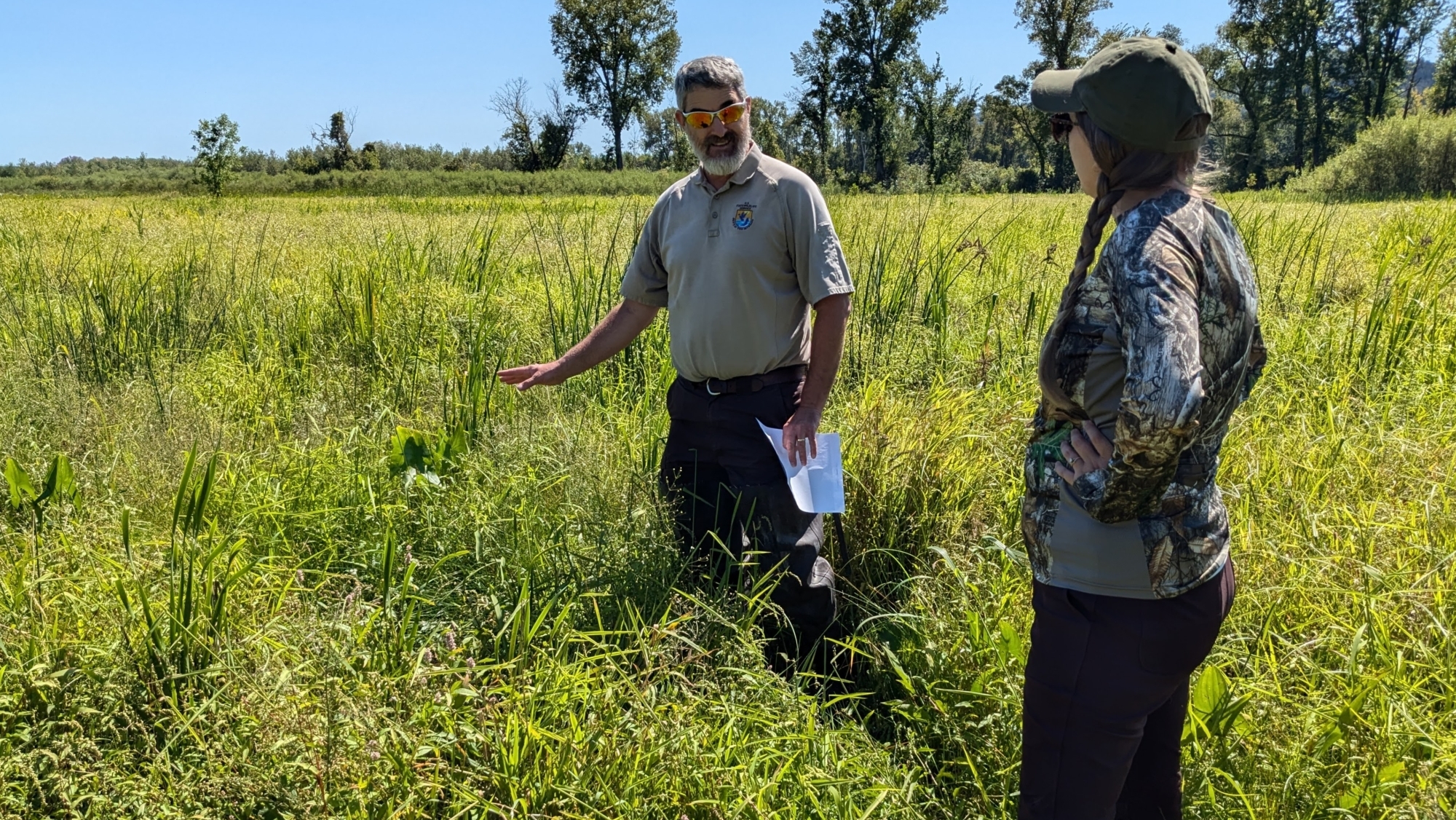



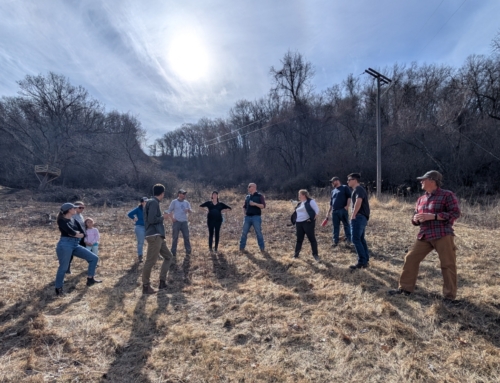
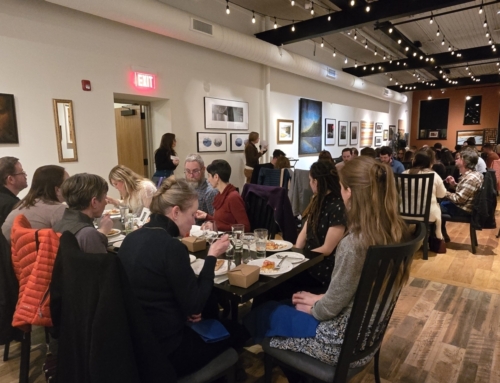
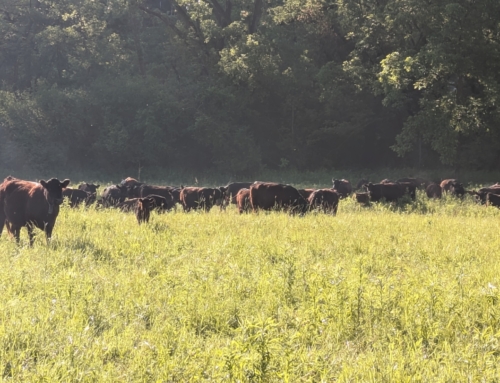
Leave A Comment